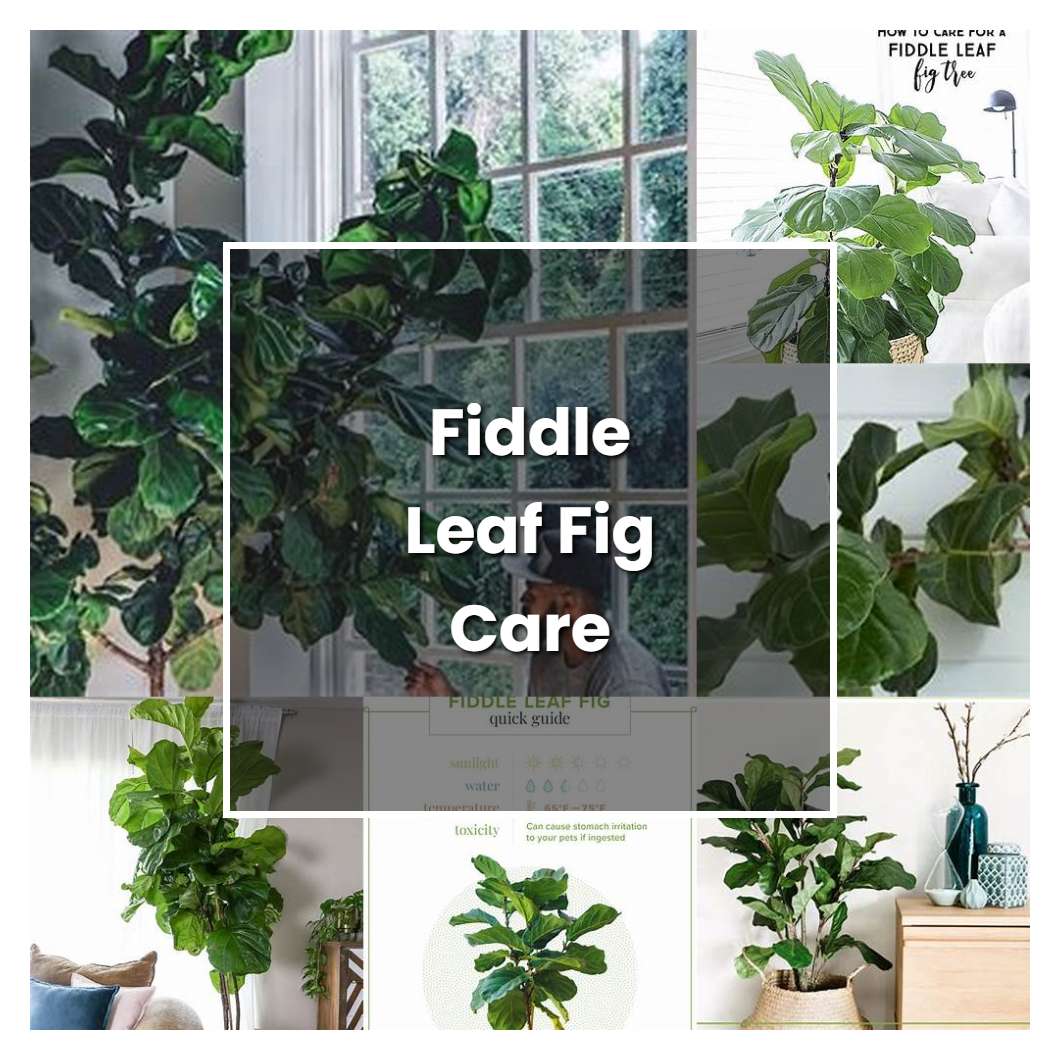Fiddle leaf fig care is a popular plant for indoor and outdoor gardens. The large, glossy leaves are beautiful, and the plant can grow to be quite large. Fiddle leaf figs are easy to care for, and they make a great addition to any home.

Related plant:
Fiddle Fig
Related plant:
Fiddle Leaf Fig Tree
About soil condition, a fiddle leaf fig should be planted in a well-drained pot with fresh potting mix. The potting mix should be high quality and rich in organic matter. A fiddle leaf fig can also be planted in a mixture of 1 part peat moss to 1 part potting mix. The roots of a fiddle leaf fig should never be allowed to sit in water.
So, like the other houseplants, a fiddle leaf fig needs bright, indirect sunlight to thrive. The best place for your plant is near a south- or west-facing window. If you dont have a spot that gets enough light, you can supplement with a grow light. Be sure to rotate your plant regularly so that all sides get equal light exposure.
The temperature condition that is best for a fiddle leaf fig is between 65 and 75 degrees Fahrenheit. They prefer a humid environment, so placing them near a source of water is ideal. If the temperature drops below 60 degrees Fahrenheit, the leaves of the plant will start to turn brown and drop off.
Ideal humidity condition for this plant is 50 to 60%. The leaves will start to drop if the humidity gets too low. If the leaves are constantly drooping, it's an indication that the plant is not getting enough water.
Mentioning fertilizer, this family of plant doesn't need extra nutrients. A good potting mix with some organic matter is all that is needed. Fertilize sparingly in spring and summer, using a balanced fertilizer. If you see yellow leaves, this is a sign of over-fertilization. When it comes to watering, the rule of thumb is to water when the top inch of soil is dry. Be careful not to overwater, as this can lead to root rot. Allow the soil to dry out between watering. In the winter, watering can be reduced, as the plant is dormant.
Pruning is an important part of fiddle leaf fig care. By pruning off dead or dying leaves, you allow the plant to put its energy into new growth. You can prune your fiddle leaf fig as needed, but be sure to use sharp, clean shears to avoid damaging the plant.
Propagation is best done in the spring or summer when the plant is actively growing. Take a 6-8 inch cutting from a stem that has new growth. Remove the lower leaves and dip the cut end into rooting hormone. Stick the cutting into a pot filled with moistened potting mix. Place the pot in a warm, bright spot out of direct sunlight and keep the soil moist. In 4-6 weeks, you should see new growth and roots beginning to form. Once the plant is established, you can transplant it into a larger pot.
Usually, the plant growth rate is between 1 and 2 feet each year. If you live in an area with a lot of sun, your plant may even grow a bit faster. Just be sure to keep an eye on it and give it the occasional trim to keep it from getting too leggy.
Common problems for this kind of plant are overwatering, underwatering, brown leaves, and wilting leaves. Overwatering can lead to root rot, which can kill the plant. Underwatering can cause the leaves to turn brown and wilt. If the leaves turn brown and fall off, it is usually a sign of too much water. If the leaves are wilting, it is usually a sign of too little water.
Source:
Fiddle Leaf Fig - Plant & Wildlife Sciences
Easy Houseplants--Ornamental Figs - University of Vermont
Fig | Home & Garden Information Center - Clemson University
